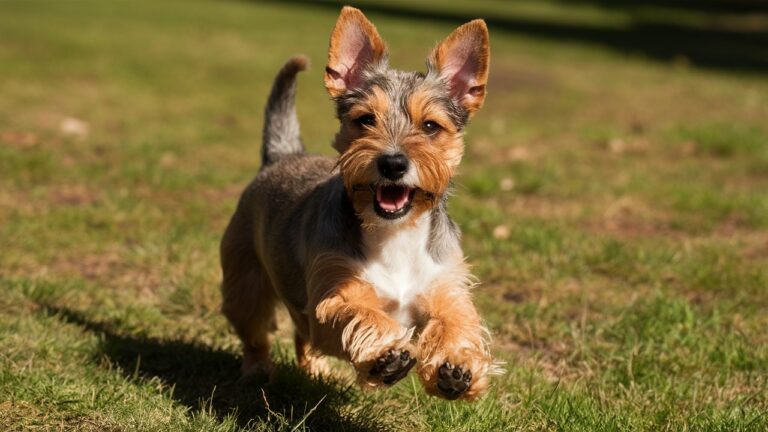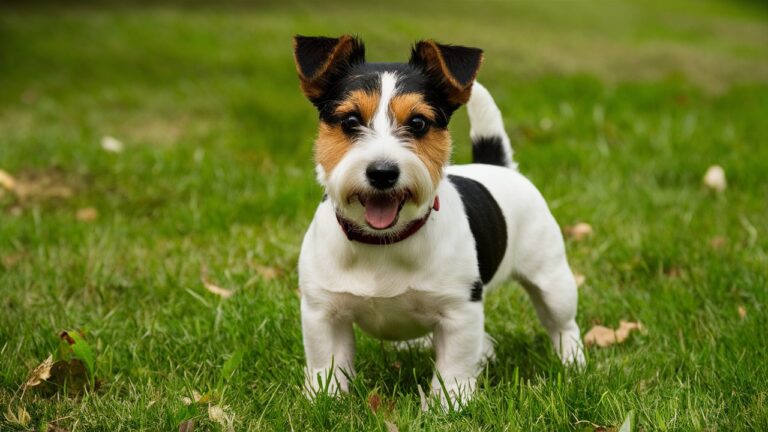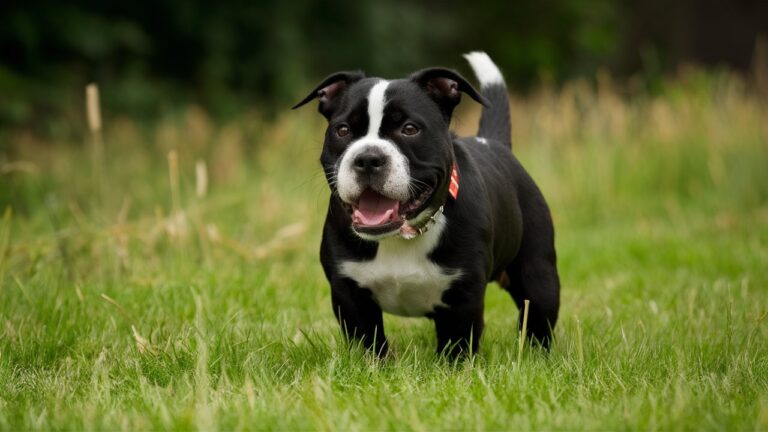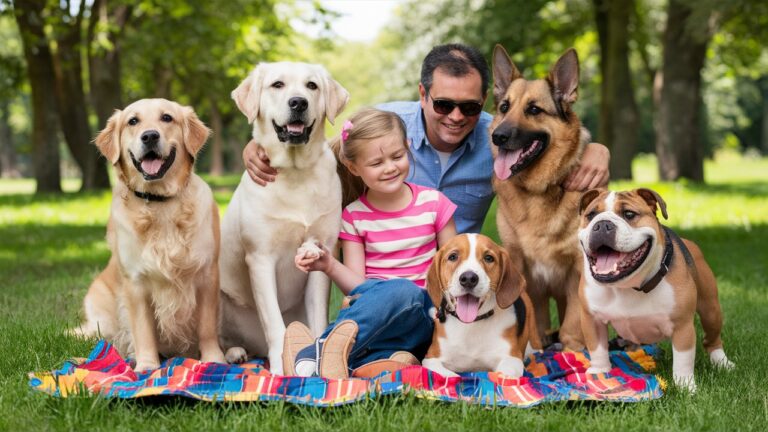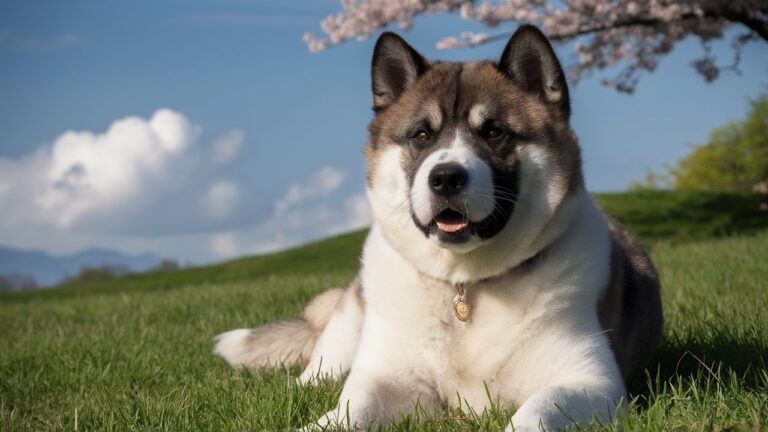Finnish Spitz: Finland’s Vibrant Barking Bird Dog 100% Guide
The Finnish Spitz, often hailed as the national dog of Finland, is a breed renowned for its fox-like appearance, vibrant red coat, and distinctive barking ability. Originally bred for hunting, the Finnish Spitz has evolved into a beloved companion known for its intelligence, loyalty, and playful nature. This article delves into the history, characteristics, training, care, and personal experiences of owning a Finnish Spitz, offering a comprehensive guide for prospective owners and enthusiasts.
Table of Contents
ToggleHistory of the Finnish Spitz
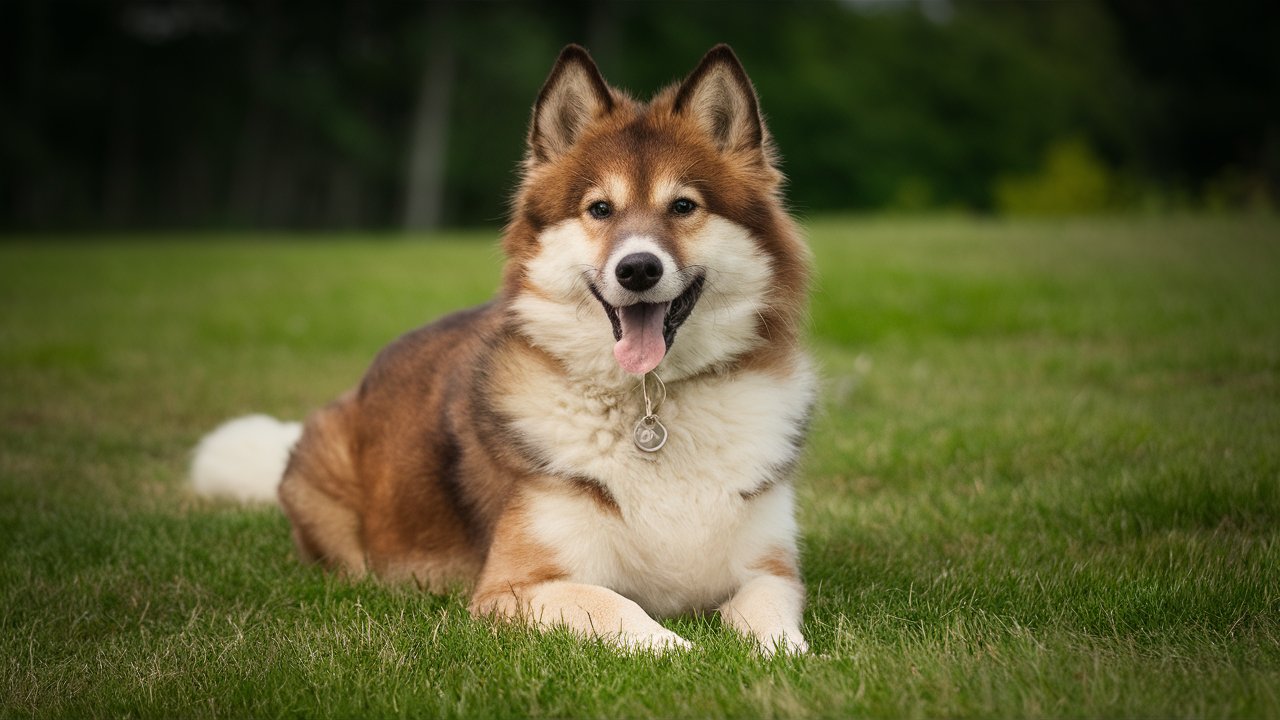
The Finnish Spitz has a rich history that dates back over a thousand years. This breed originated in the dense forests of Finland, where it was primarily used for hunting game birds and small mammals. The breed’s early ancestors were brought to Finland by nomadic tribes, and through natural selection, the Finnish Spitz developed into a hardy, versatile hunting dog.
Origins and Development
The breed’s development was largely influenced by its environment. Finnish hunters needed a dog that could navigate the challenging terrain, withstand harsh weather conditions, and effectively communicate the presence of game. The Finnish Spitz’s keen sense of smell, sharp eyesight, and distinctive barking ability made it an ideal hunting companion. Over time, these traits were refined, and the Finnish Spitz became known for its exceptional hunting skills.
Recognition and Preservation
In the late 19th century, Finnish Spitz numbers began to decline due to crossbreeding with other hunting dogs. However, Finnish sportsman Hugo Roos recognized the breed’s unique qualities and spearheaded efforts to preserve it. Through careful breeding and promotion, Roos and other enthusiasts succeeded in revitalizing the Finnish Spitz population. The breed was officially recognized by the Finnish Kennel Club in 1892 and later by international organizations, including the American Kennel Club (AKC) in 1991.
Characteristics of the Finnish Spitz
The Finnish Spitz is easily recognizable by its fox-like appearance and vibrant red-gold coat. These dogs are medium-sized, with males typically standing between 17.5 to 20 inches at the shoulder and weighing 25 to 33 pounds, while females are slightly smaller. The breed’s physical and behavioral characteristics make it a standout among canine companions.
Physical Traits
- Coat: The Finnish Spitz has a dense, double-layered coat that is weather-resistant. The outer coat is long and harsh, while the undercoat is soft and thick, providing insulation.
- Color: The breed’s coat color ranges from pale honey to deep auburn. Puppies are often born with darker coats that lighten as they mature.
- Eyes: The Finnish Spitz has almond-shaped, dark eyes that convey alertness and intelligence.
- Ears: The breed’s ears are erect, pointed, and highly mobile, allowing them to detect sounds from a distance.
- Tail: The Finnish Spitz’s tail is set high and curls over the back, adding to its distinctive silhouette.
Behavioral Traits
- Barking: Known as the “barking bird dog,” the Finnish Spitz has a unique vocalization used to signal the presence of game during hunts. This barking is a key trait and can be a challenge for owners in urban settings.
- Intelligence: Finnish Spitz dogs are highly intelligent and quick learners, though they can be independent and sometimes stubborn.
- Playfulness: These dogs are playful and energetic, requiring regular exercise and mental stimulation.
- Loyalty: Finnish Spitz dogs form strong bonds with their families and are known for their loyalty and affection.
Training and Socialization
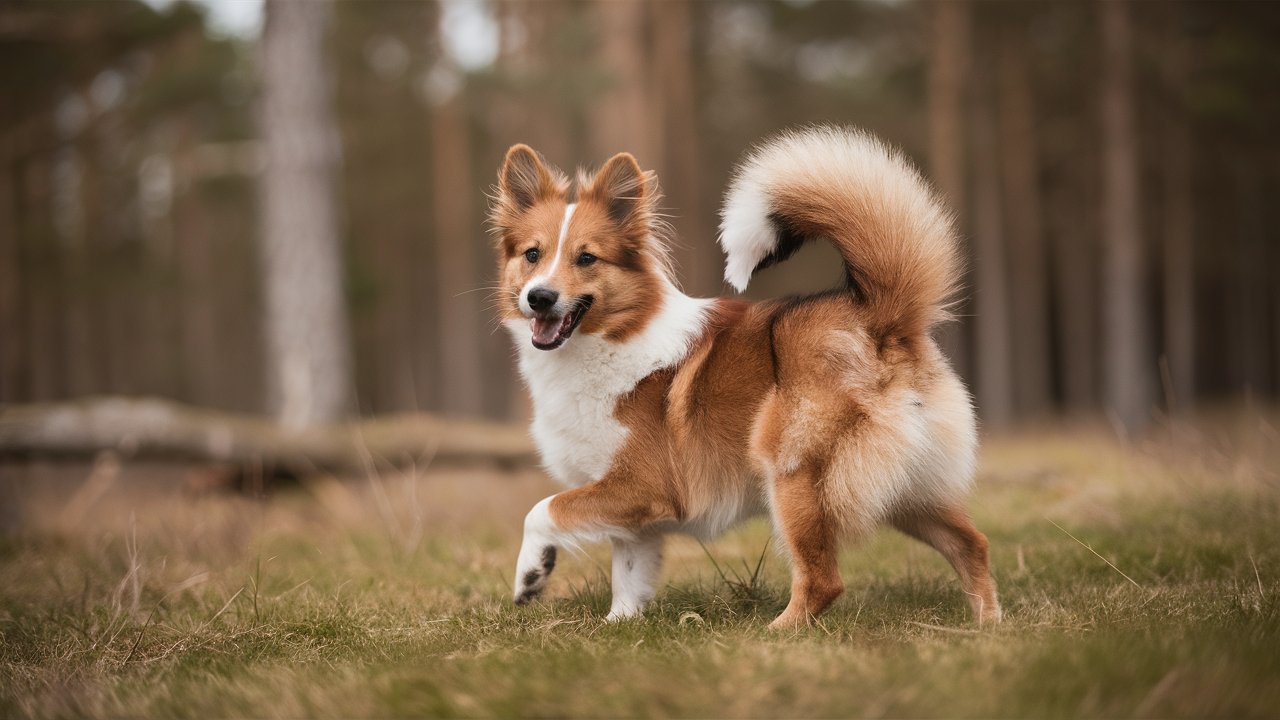
Training and socializing a Finnish Spitz are critical aspects of raising a well-adjusted and well-behaved dog. Given their independent nature and strong prey drive, these tasks require patience, consistency, and a deep understanding of the breed’s instincts and behaviors.
Early Socialization
Early socialization is crucial for Finnish Spitz puppies to help them grow into confident and well-rounded adults. The goal is to expose them to a variety of experiences, environments, and people from a young age.
Exposure to Different Environments
Introducing your Finnish Spitz puppy to various settings—such as parks, busy streets, and quiet neighborhoods—helps them become accustomed to different sights, sounds, and smells. This exposure reduces the likelihood of fear-based reactions and promotes a calm demeanor in new situations.
Interaction with People and Animals
Regular interactions with diverse groups of people, including children, adults, and the elderly, are essential. Puppy socialization classes provide a controlled environment where puppies can learn appropriate behaviors and manners. Meeting other dogs and animals also teaches the Finnish Spitz how to interact politely and reduces the risk of aggression or fearfulness later in life.
Basic Training
Training a Finnish Spitz requires understanding their motivations and working with their natural tendencies. Positive reinforcement is the most effective method, as these dogs respond well to rewards and praise.
Positive Reinforcement Techniques
- Treats: Use small, high-value treats to reward desired behaviors. This method is particularly effective for training commands like “sit,” “stay,” “come,” and “heel.”
- Praise and Affection: Verbal praise and gentle petting reinforce good behavior and strengthen the bond between you and your dog.
- Play: Incorporate playtime as a reward for training sessions. Finnish Spitz dogs love to play, and this can be a powerful motivator.
Consistency and Patience
Consistency is key when training a Finnish Spitz. Use the same commands and rewards to avoid confusion. Training sessions should be short and frequent to keep your dog’s attention and prevent boredom. Patience is essential, as these dogs can be independent and sometimes stubborn.
Advanced Training
Once your Finnish Spitz has mastered basic commands, you can move on to more advanced training. This can include agility, obedience competitions, and specialized hunting training.
Agility Training
Agility training is an excellent way to provide mental and physical stimulation for your Finnish Spitz. These dogs are agile and quick, making them well-suited for obstacle courses. Agility training not only improves physical fitness but also strengthens the bond between you and your dog.
Obedience Competitions
Participating in obedience competitions can be a rewarding experience for both you and your Finnish Spitz. These competitions test your dog’s ability to follow commands and perform tasks accurately. Training for obedience competitions requires precision, focus, and dedication.
Hunting Training
For owners interested in utilizing the Finnish Spitz’s natural hunting abilities, specialized training is available. Hunting training focuses on honing the dog’s instincts to locate and signal game. This type of training requires a deep understanding of the breed’s hunting behaviors and a commitment to maintaining their skills.
Addressing Behavioral Challenges
Despite their many positive traits, Finnish Spitz dogs can present certain behavioral challenges. Addressing these challenges early and effectively is important for maintaining a harmonious household.
Barking
One of the most notable traits of the Finnish Spitz is their barking. While this is useful in hunting, it can be problematic in residential settings. Training your Finnish Spitz to control their barking involves:
- Identifying Triggers: Understand what prompts your dog to bark excessively, such as strangers, other animals, or boredom.
- Teaching the “Quiet” Command: Train your dog to stop barking on command by rewarding silence. When your dog barks, say “quiet” in a firm but calm voice. Once they stop barking, immediately reward them with a treat and praise.
- Providing Mental Stimulation: Ensure your dog receives plenty of mental and physical exercise to reduce boredom-induced barking. Interactive toys, puzzle feeders, and regular playtime can help keep them occupied.
Independence and Stubbornness
The Finnish Spitz’s independent nature can sometimes be mistaken for stubbornness. To address this, incorporate the following strategies:
- Short, Engaging Training Sessions: Keep training sessions short and fun to maintain your dog’s interest and prevent frustration.
- Variety in Training: Vary the types of commands and activities during training to keep your dog engaged and mentally stimulated.
- Patience and Persistence: Remain patient and persistent, understanding that progress may be slow but consistent training will yield results.
Socialization with Other Dogs
Finnish Spitz dogs can sometimes be wary of other dogs, especially if they have not been properly socialized. To improve their interactions with other dogs:
- Regular Playdates: Arrange playdates with well-behaved dogs to provide positive social experiences.
- Dog Parks: Visit dog parks regularly to expose your Finnish Spitz to different dogs and encourage positive interactions.
- Supervised Introductions: Introduce your dog to new dogs gradually and under supervision to ensure a positive experience.
Personal Anecdotes: Training and Socialization
Anecdote 1: Overcoming Barking Challenges
Linda, a Finnish Spitz owner from Oregon, shares her experience with her dog, Max. “When we first got Max, his barking was constant. It was overwhelming, especially living in an apartment. We worked diligently on the ‘quiet’ command and rewarded him every time he stopped barking. It took time and patience, but now Max barks only when necessary. The key was consistency and understanding his triggers.”
Anecdote 2: Mastering Agility
Tom, an agility enthusiast from Texas, talks about his Finnish Spitz, Rosie. “Rosie took to agility training like a fish to water. Her natural agility and intelligence made her a star on the course. We started with basic obstacles and gradually increased the difficulty. Agility training not only improved her physical fitness but also strengthened our bond. Watching her navigate the course with such enthusiasm is incredibly rewarding.”
Anecdote 3: Socializing a Shy Pup
Sarah, a family from New York, recounts the socialization journey of their Finnish Spitz, Leo. “Leo was shy and reserved around other dogs. We started with small, controlled playdates and gradually increased his exposure to different dogs and environments. With patience and positive reinforcement, Leo became more confident and social. Now he loves playing with other dogs at the park.”
Health and Care
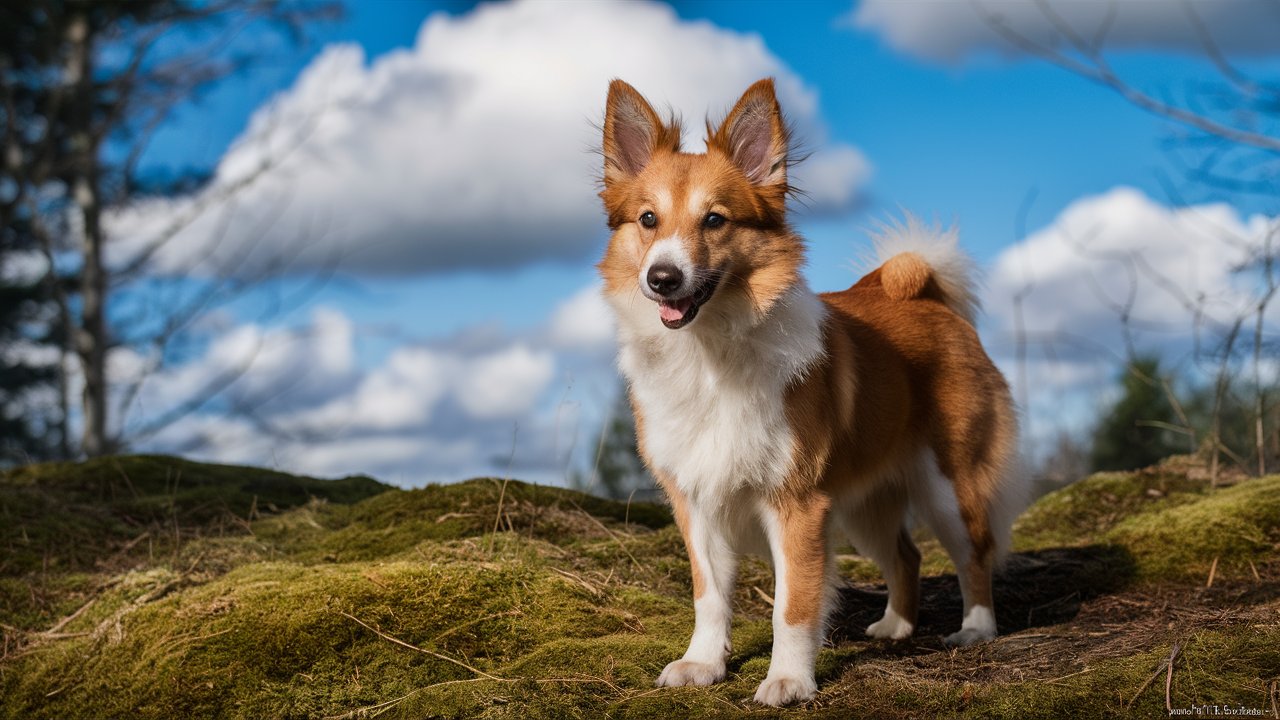
Common Health Issues
The Finnish Spitz is generally a robust and healthy breed, but like all breeds, they can be prone to certain hereditary and non-hereditary health issues. Being aware of these potential problems and knowing how to address them is crucial for maintaining your dog’s health.
Hip Dysplasia
Hip dysplasia is a genetic condition where the hip joint doesn’t fit into the hip socket properly, leading to pain, lameness, and arthritis over time. Symptoms can include limping, difficulty rising, and reluctance to jump or climb stairs.
- Prevention and Management: Regular vet check-ups and maintaining a healthy weight can help manage this condition. In severe cases, surgical options are available, and physical therapy can also be beneficial.
Patellar Luxation
Patellar luxation occurs when the kneecap dislocates from its normal position. It can cause intermittent lameness or a skipping gait. This condition can be mild or severe, with some dogs requiring surgery.
- Prevention and Management: Keeping your dog at a healthy weight and avoiding excessive jumping can help reduce the risk. If your dog shows signs of lameness, consult your vet for a proper diagnosis and treatment plan.
Hypothyroidism
Hypothyroidism is a condition where the thyroid gland doesn’t produce enough thyroid hormone, leading to symptoms such as weight gain, lethargy, and skin issues.
- Prevention and Management: Regular blood tests can detect hypothyroidism early. Treatment usually involves daily medication to manage the hormone levels, and regular vet check-ups are necessary to monitor the condition.
Dental Issues
Like many small to medium-sized breeds, the Finnish Spitz can be prone to dental problems, including periodontal disease. Regular dental care is essential to prevent plaque and tartar buildup, which can lead to tooth loss and other health issues.
- Prevention and Management: Brush your dog’s teeth regularly with canine toothpaste, provide dental chews, and schedule professional cleanings as recommended by your vet.
Nutrition
Proper nutrition is vital for the overall health and well-being of the Finnish Spitz. A balanced diet tailored to their specific needs ensures they receive the necessary nutrients for growth, energy, and maintaining a healthy weight.
Dietary Requirements
- Protein: High-quality animal protein is essential for muscle development and energy.
- Fats: Healthy fats provide energy and support skin and coat health.
- Carbohydrates: Carbs are a source of energy and fiber, aiding in digestion.
- Vitamins and Minerals: Essential for overall health, including bone development, immune function, and metabolic processes.
Feeding Guidelines
- Puppies: Finnish Spitz puppies require a diet rich in protein and calories to support their rapid growth and development. Feed them a specially formulated puppy food in small, frequent meals.
- Adults: Adult Finnish Spitz dogs need a balanced diet that maintains their energy levels and prevents obesity. Feed them twice a day with high-quality adult dog food.
- Seniors: Older dogs may require a diet lower in calories but higher in fiber to prevent weight gain and support digestion. Consider senior dog food formulations that cater to their changing needs.
Grooming
The Finnish Spitz’s beautiful coat requires regular grooming to keep it looking its best and to maintain skin health. Proper grooming also provides an opportunity to check for any skin issues, parasites, or abnormalities.
Brushing
- Frequency: Brush your Finnish Spitz at least once a week to remove loose hair and prevent mats. During shedding seasons (spring and fall), more frequent brushing is necessary.
- Tools: Use a slicker brush or a grooming rake for the outer coat and a fine-toothed comb for the undercoat.
Bathing
- Frequency: Bath your Finnish Spitz every 2 to 3 months or as needed, depending on their activity level and coat condition.
- Products: Use a mild, dog-specific shampoo to avoid skin irritation.
Nail Trimming
- Frequency: Trim your dog’s nails every 3 to 4 weeks to prevent overgrowth and discomfort. If you can hear the nails clicking on the floor, it’s time for a trim.
- Tools: Use a nail clipper designed for dogs or a nail grinder for smoother edges.
Ear Cleaning
- Frequency: Check your dog’s ears weekly for signs of infection, wax buildup, or debris.
- Products: Use a vet-approved ear cleaner and cotton balls to gently clean the outer ear canal. Avoid inserting anything deep into the ear.
Dental Care
- Frequency: Brush your Finnish Spitz’s teeth several times a week to prevent plaque buildup and dental disease.
- Products: Use canine toothpaste and a toothbrush designed for dogs. Dental chews and toys can also help maintain oral health.
Exercise and Mental Stimulation
The Finnish Spitz is an active and intelligent breed that requires regular physical and mental stimulation to stay healthy and happy.
Physical Exercise
- Daily Walks: Aim for at least two 30-minute walks per day to provide adequate physical exercise.
- Playtime: Engage in interactive play, such as fetch or tug-of-war, to burn off energy.
- Outdoor Activities: Finnish Spitz dogs enjoy activities like hiking, running, and agility training. These activities provide both physical and mental stimulation.
Mental Stimulation
- Training Sessions: Regular training sessions keep their minds sharp and reinforce good behavior.
- Puzzle Toys: Provide puzzle toys and interactive feeders to challenge their problem-solving skills.
- Variety: Change up their toys and activities regularly to keep them engaged and prevent boredom.
Regular Veterinary Care
Regular veterinary check-ups are essential to monitor your Finnish Spitz’s health and catch any potential issues early.
Vaccinations
- Core Vaccines: Ensure your dog receives core vaccines such as rabies, distemper, parvovirus, and adenovirus.
- Non-core Vaccines: Depending on your location and lifestyle, consider non-core vaccines like Bordetella, Lyme disease, and canine influenza.
Parasite Prevention
- Flea and Tick Control: Use vet-recommended flea and tick preventatives to protect your dog from parasites.
- Heartworm Prevention: Administer monthly heartworm prevention medication as prescribed by your vet.
Health Screenings
- Annual Exams: Schedule annual wellness exams to assess your dog’s overall health and detect any issues early.
- Blood Tests: Regular blood tests can help monitor organ function and detect conditions like hypothyroidism.
Personal Anecdotes and Stories
Story 4: The Fitness Partner
John, a fitness enthusiast from Colorado, shares how his Finnish Spitz, Max, became his perfect exercise companion. “Max loves our morning runs and hiking trips. His energy levels match mine, and he’s always ready for an adventure. Having Max has motivated me to stay active and explore new trails. He’s not just my dog; he’s my fitness partner.”
Story 5: The Family Protector
Sarah, a mother of three from Texas, recounts how her Finnish Spitz, Ruby, has become a protective and loving member of their family. “Ruby is wonderful with the kids. She’s playful and gentle, but also incredibly protective. One evening, she alerted us to a stranger at the door, barking until we checked. It turned out to be a lost delivery person, but knowing Ruby is always watching over us gives me peace of mind.”
Personal Anecdotes and Stories
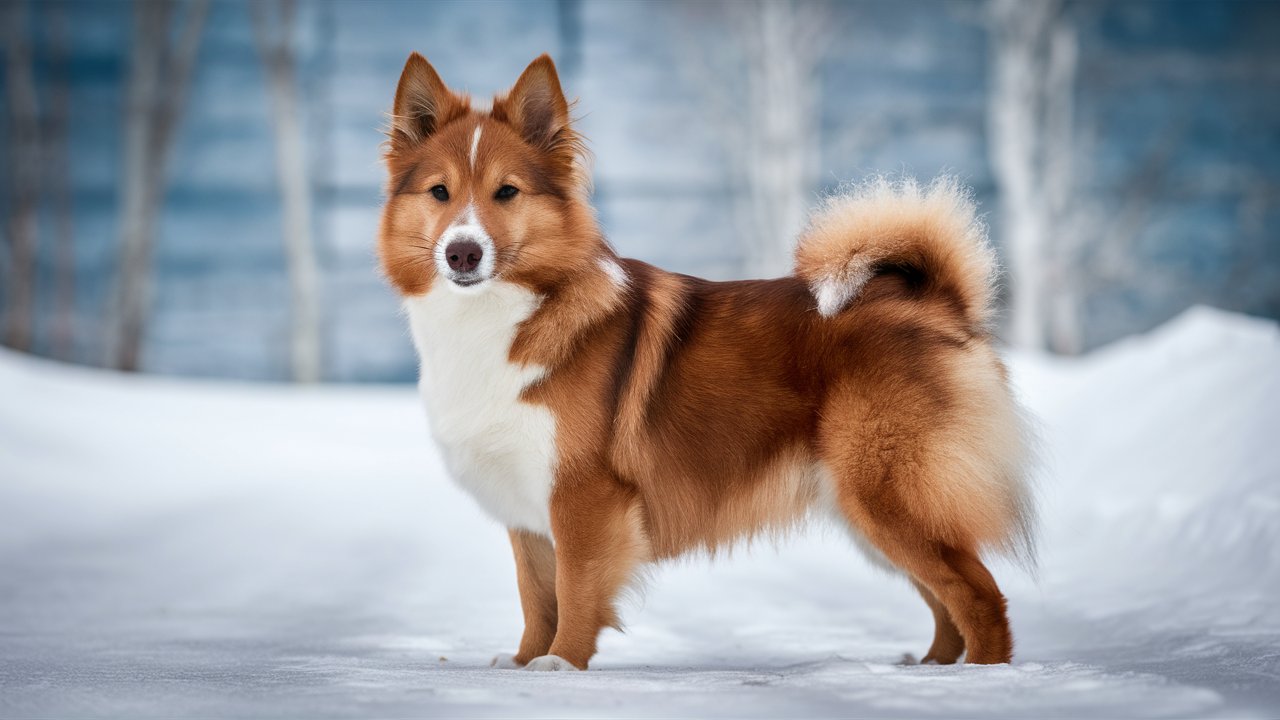
To provide a more personal and engaging perspective on the Finnish Spitz, here are some anecdotes from owners who have experienced the joys and challenges of living with this unique breed.
Story 1: The Persistent Hunter
Mark, an avid hunter from Minnesota, shares his experience with his Finnish Spitz, Koda. “Koda has an incredible hunting instinct. One winter, we were out in the woods, and he spotted a pheasant. His barking was relentless, guiding me to the exact spot. It was amazing to see his natural ability in action. He’s not just a pet; he’s a hunting partner who enhances the entire experience.”
Story 2: The Playful Companion
Emma, a family from California, recounts their Finnish Spitz, Luna’s playful nature. “Luna is the heart of our household. She’s always ready to play fetch or chase the kids around the yard. Her energy is boundless, and she brings so much joy to our lives. Even though she can be vocal, especially when she sees squirrels, her affectionate and playful demeanor makes it all worthwhile.”
Story 3: The Loyal Friend
Alex, a retiree from Maine, talks about the loyalty of his Finnish Spitz, Finn. “After my wife passed away, Finn became my constant companion. His loyalty is unmatched. He’s always by my side, whether we’re taking long walks in the forest or just relaxing at home. His presence has been a great comfort during tough times, and I can’t imagine life without him.”
Conclusion
The Finnish Spitz is a remarkable breed that offers both challenges and rewards to its owners. Their unique blend of intelligence, playfulness, and loyalty makes them an excellent choice for those willing to invest time and effort into their training and care. Whether you’re an avid hunter, an active family, or someone seeking a loyal companion, the Finnish Spitz can be a wonderful addition to your life.
Understanding the breed’s history, characteristics, training needs, and health considerations ensures that you can provide the best possible care for your Finnish Spitz. With proper training, socialization, and a loving environment, these dogs can thrive and bring immense joy and companionship to their owners.
The journey of owning a Finnish Spitz is one filled with adventure, laughter, and unwavering loyalty. Their distinctive barking, vibrant coat, and spirited personality make them a standout breed that captures the hearts of those who come to know them. If you’re ready for a lively, intelligent, and affectionate companion, the Finnish Spitz might just be the perfect dog for you.
